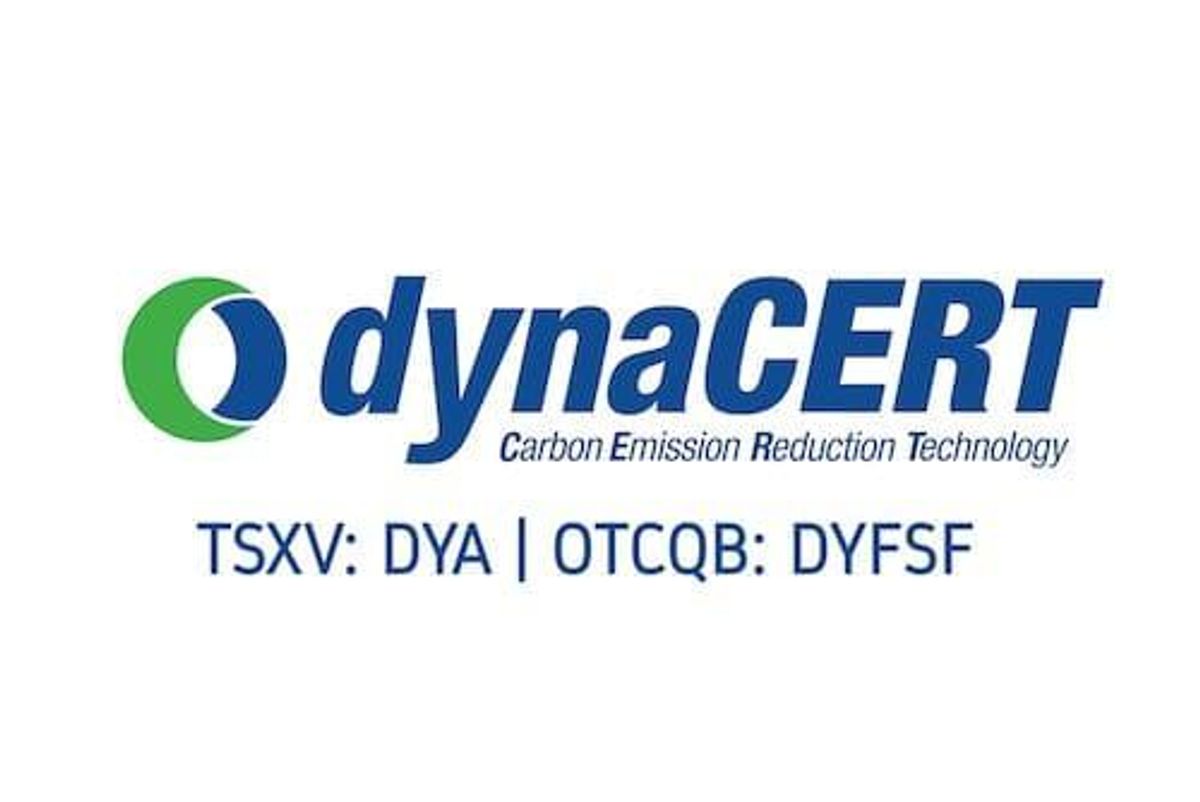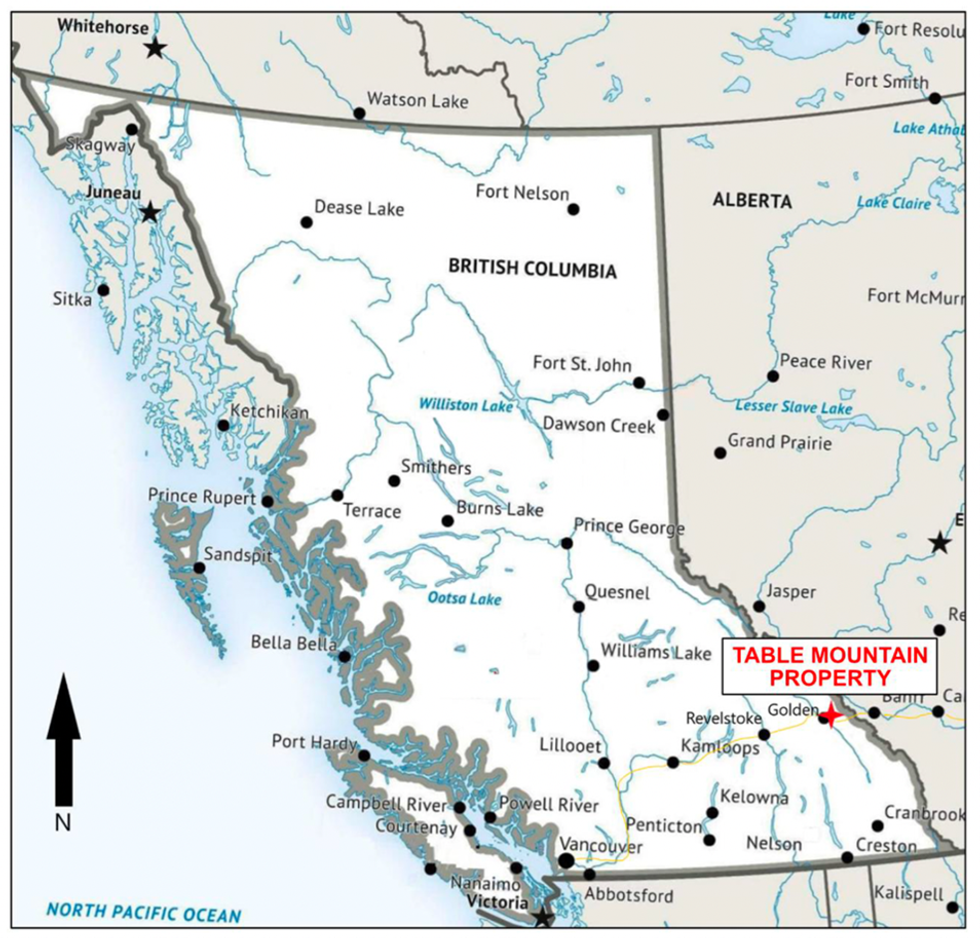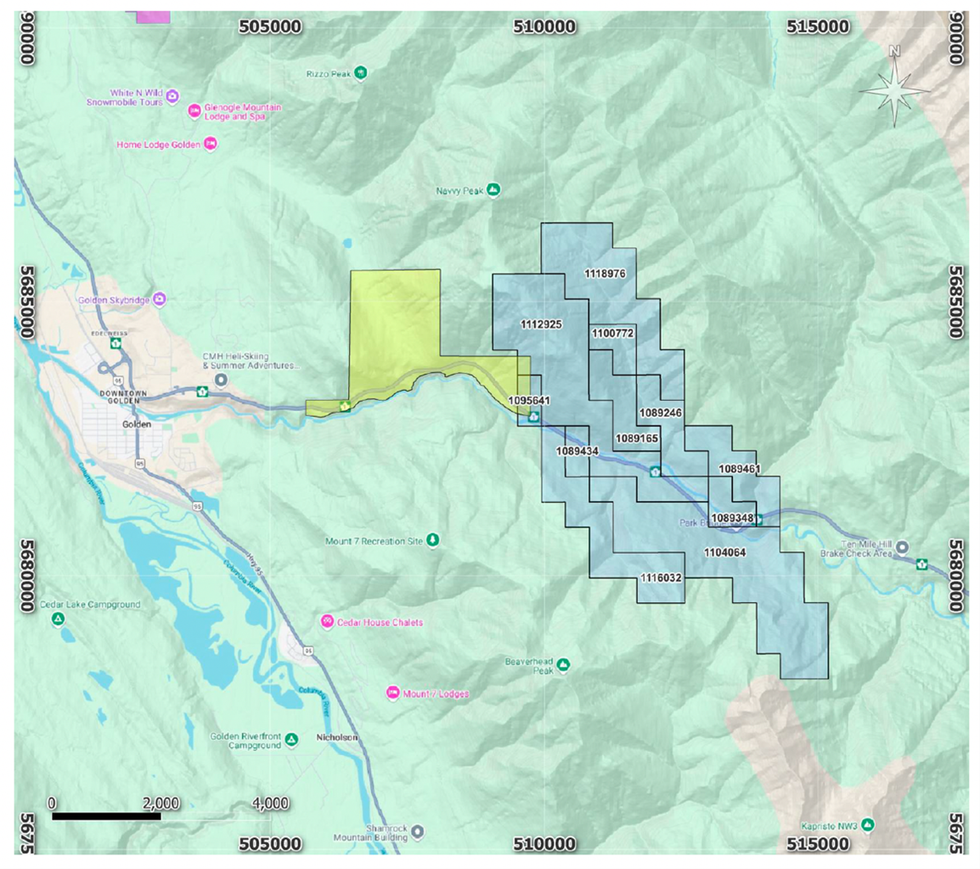
dynaCERT Inc. (TSX: DYA) (OTCQX: DYFSF) (FRA: DMJ) (" dynaCERT " or the "Company") is pleased to announce that the executive management of Verra, which manages the world's largest greenhouse gas program, the Verified Carbon Standard, has announced to dynaCERT that it's Methodology in respect of its Carbon Credit Certification has reached a new important stage.
As part of its normal required process of certification, Verra has advanced dynaCERT 's Carbon Credit Methodology to its Global Public Comment Stage in order to meet Verra's Verified Carbon Standard. The Methodology for Improved Efficiency of Fleet Vehicles and Combustion Engines can be viewed and downloaded here: https://verra.org/methodology/methodology-for-improved-efficiency-of-fleet-vehicles-and-combustion-engines/
Verra indicates the following: "This Methodology applies to project activities that improve efficiency of vehicle fleets and mobile machinery (e.g. fleets of trucks, buses, cars, taxis or motorized tricycles, excavators, cranes), resulting in reduced fuel usage and GHG emissions. This Methodology is globally applicable. The Methodology is based on the CDM methodology AMS-III.BC. Emission reductions through improved efficiency of vehicle fleets and approved VCS Methodology Revision VMR0004 that included mobile machinery."
Once finalized by Verra, the Methodology will pave the way for dynaCERT's patented HydraGEN™ Technology and HydraLytica™ Telematics to be deployed for the certification of Carbon Credits on a global basis.
Hydrogen Economy Leaders Collaborating with Verra
dynaCERT 's management is fully committed to maintaining a Canadian leadership role in the new Hydrogen Economy while collaborating significantly with other top-ranked clean industry leaders, such as Verra, to further supplement and broaden the benefits of the Company's clean-technology line of products currently available to the global market.
United Nations Clean Development Mechanism
The previously announced concept note accepted by Verra is unique because no such similar methodology is in use globally for mobile transportation vehicles. See the Company's Press Release dated January 25, 2021. After discussion and thorough research, Verra accepted the concept note designed to create dynaCERT 's new Transportation Verified Carbon Standard (VCS) Methodology under Verra's VCS Program using the proposed revisions by dynaCERT and the Clean Development Mechanism of the United Nations enacted by the United Nations' " Framework Convention on Climate Change, regarding emission reductions through improved efficiency of vehicle fleets ", i.e., AMS-III.B.C.
Monika Wojcik of Environmental Partners of the UK, dynaCERT 's consultant on Carbon Credits stated, "The approval of the new methodology could play an important role for the voluntary carbon market to scale up from $300 million valued now to over $50 billion to meet the demand for carbon neutrality in the near future. In the unrepresented transportation industry in the carbon market, dynaCERT 's HydraGEN™ units' adoption is a milestone in the CO2 reductions with upcoming support of the carbon monetization available to dynaCERT clients."
Jim Payne, CEO of dynaCERT , stated, "Voluntary Carbon Credits have grown exponentially in the last 5 years. The Voluntary Carbon Credit Market continues to grow rapidly and is expected to evolve as a very significant global investment opportunity, just as Cryptocurrency and FinTech have rapidly changed the world of modern investments and currency exchange. Verra is one such organization at the cornerstone of Voluntary Carbon Credits operating in the Carbon Credit certification market and it is by far one of the largest such organizations with a roster of over 1,700 Carbon Credit Projects world-wide. dynaCERT thanks Verra for all its continued support."
About Verra
Verra is a global leader helping to tackle the world's most intractable environmental and social challenges by developing and managing standards that help the private sector, countries, and civil society achieve ambitious sustainable development and climate action goals. Verra's global standards and frameworks serve as linchpins for channeling finance towards high-impact activities that tackle some of the most pressing environmental issues of our day. Website: www.verra.org
The VCS Program of Verra
The VCS Program is the world's most widely used voluntary GHG program. The VCS Program provides a pathway for carbon projects to achieve certification through a third-party audit process. Successful certification can result in the generation of a VCU (Verified Carbon Unit). Since its launch in 2006, the VCS Program has grown into the world's largest voluntary GHG program. Projects certified under the VCS Program include dozens of technologies and measures which result in GHG emission reductions and removals, including forest and wetland conservation and restoration, agricultural land management, transport efficiency improvements, and many others. Over 1,600 certified VCS Program projects have collectively reduced or removed more than 550 million tonnes of carbon and other GHG emissions from the atmosphere, the equivalent of more than 120 million passenger vehicles being taken off the road for one year.
Methodology of the United Nations
More information about the methodology of the United Nations for reductions of emissions of vehicles under the AMS-III.B.C. may be found here:
https://cdm.unfccc.int/methodologies/DB/13LQNV5A5EKORXUG3607N7ROBX6J6K
About dynaCERT Inc.
dynaCERT Inc. manufactures and distributes Carbon Emission Reduction Technology for use with internal combustion engines. As part of the growing global hydrogen economy, our patented technology creates hydrogen and oxygen on-demand through a unique electrolysis system and supplies these low-pressure gases through the air intake to enhance combustion, resulting in lower carbon emissions and greater fuel efficiency. Our technology is designed for use with many types and sizes of diesel engines used in on-road vehicles, reefer trailers, off-road construction, power generation, mining and forestry equipment, marine vessels and railroad locomotives. Website: www. dynaCERT .com .
READER ADVISORY
Except for statements of historical fact, this news release contains certain "forward-looking information" within the meaning of applicable securities law. Forward-looking information is frequently characterized by words such as "plan", "expect", "project", "intend", "believe", "anticipate", "estimate" and other similar words, or statements that certain events or conditions "may" or "will" occur. Although we believe that the expectations reflected in the forward-looking information are reasonable, there can be no assurance that such expectations will prove to be correct. We cannot guarantee future results, performance of achievements. Consequently, there is no representation that the actual results achieved will be the same, in whole or in part, as those set out in the forward-looking information.
Forward-looking information is based on the opinions and estimates of management at the date the statements are made and are subject to a variety of risks and uncertainties and other factors that could cause actual events or results to differ materially from those anticipated in the forward-looking information. Some of the risks and other factors that could cause the results to differ materially from those expressed in the forward-looking information include, but are not limited to: uncertainty as to whether our strategies and business plans will yield the expected benefits; availability and cost of capital; the ability to identify and develop and achieve commercial success for new products and technologies; the level of expenditures necessary to maintain and improve the quality of products and services; changes in technology and changes in laws and regulations; the uncertainty of the emerging hydrogen economy; including the hydrogen economy moving at a pace not anticipated; our ability to secure and maintain strategic relationships and distribution agreements; and the other risk factors disclosed under our profile on SEDAR at www.sedar.com . Readers are cautioned that this list of risk factors should not be construed as exhaustive.
The forward-looking information contained in this news release is expressly qualified by this cautionary statement. We undertake no duty to update any of the forward-looking information to conform such information to actual results or to changes in our expectations except as otherwise required by applicable securities legislation. Readers are cautioned not to place undue reliance on forward-looking information.
Neither the Toronto Stock Exchange nor its Regulation Services Provider (as that term is defined in the policies of the Toronto Stock Exchange) accepts responsibility for the adequacy or accuracy of the release.
On Behalf of the Board
Murray James Payne, CEO
View source version on businesswire.com: https://www.businesswire.com/news/home/20211018005247/en/
Jim Payne, CEO & President
dynaCERT Inc.
#101 – 501 Alliance Avenue
Toronto, Ontario M6N 2J1
+1 (416) 766-9691 x 2
jpayne@ dynaCERT .com
Investor Relations
dynaCERT Inc.
Nancy Massicotte
+1 (416) 766-9691 x 1
nmassicotte@ dynaCERT .com


 Figure 1. Location of the Table Mountain High-Purity Silica Project
Figure 1. Location of the Table Mountain High-Purity Silica Project Table 1. Mineral Resource Estimate (MRE) Summary
Table 1. Mineral Resource Estimate (MRE) Summary  Figure 2. Property Boundary and Access
Figure 2. Property Boundary and Access